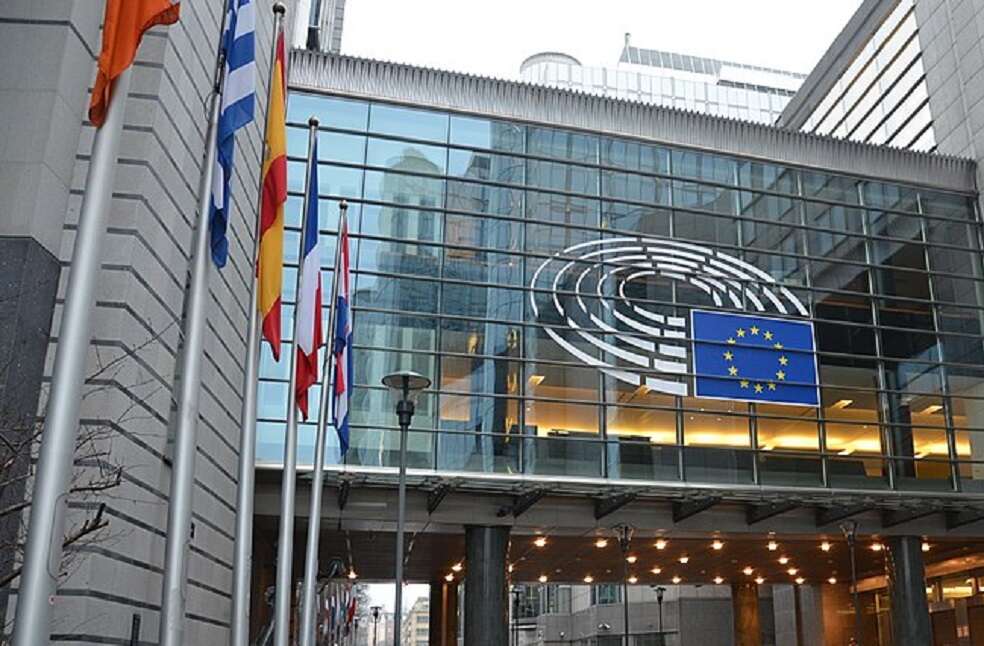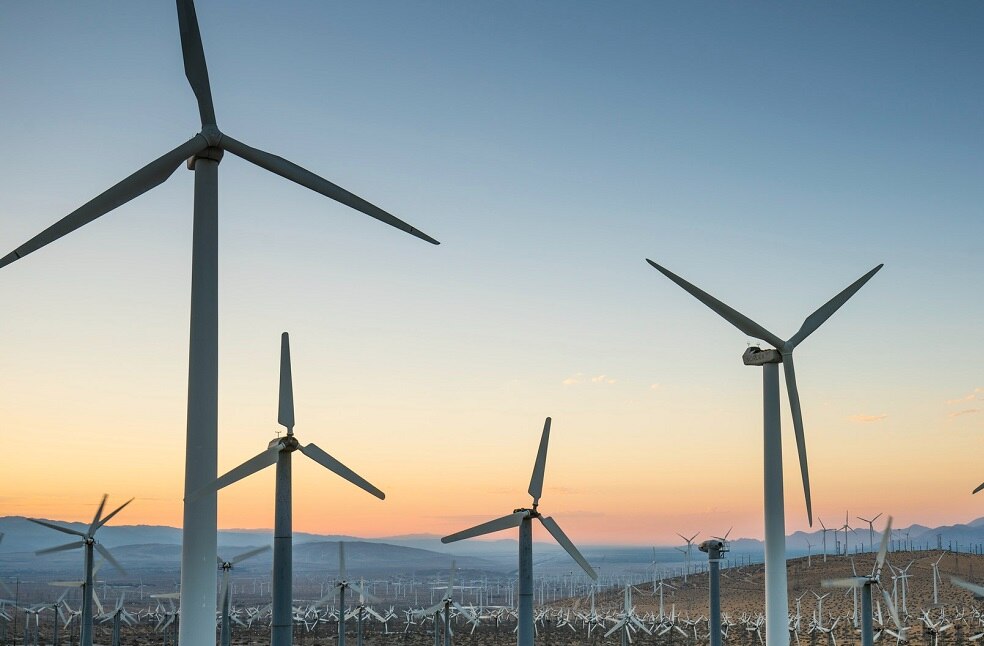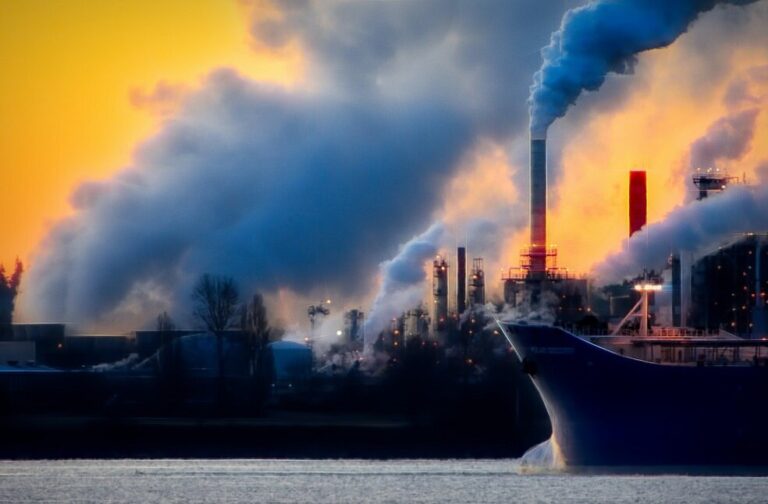United Kingdom: A new report has shown that the 27 European Union member states burned 17 percent less fossil fuel to make electricity between January and June 2023 than over the same period the year before. A study from the clean energy thinktank Ember found that the EU made 410 terawatt-hours of electricity from sources that release planet-heating gases, which analysts say is the lowest level since 2015, the first year for which they have monthly data, and “very likely” since 2000.
According to the report, the drop in fossil fuel generation was due to a fall in demand for electricity and growth in clean power.

“We are glad to see fossil fuel prices down, but in the long term, it is not going to be sustainable to rely on the fall in demand to do this. We have to be replacing this energy rather than just expecting it to go away and not be used,” Mr. Matt Ewen, a data analyst at Ember and author of the report, commented.
The report found that fossil generation in the first half of 2023 decreased by more than 20 percent in 11 EU countries and by more than 30 percent in five of them. Fourteen countries saw their lowest total fossil generation on record for the period. In seven countries, including Austria, the Czech Republic, Denmark, Finland, Italy, Poland, and Slovenia, fossil fuel burning hit its lowest levels this century.
“But even as high energy prices have brought down demand, the EU’s reliance on fossil fuels persists,” Mr. Petras Katinas, an energy analyst at CREA and co-author of the report, remarked.

“This dependence extends to external sources as well. Given that a significant portion of the EU’s fossil fuel needs are met through imports from third countries, a vulnerability exists. Even a minor disruption in the supply chain could lead to price hikes and potential energy shortages,” Mr. Katinas added.
The Ember report also noted that growth in solar power continued in the first half of the year, producing 13 percent more electricity than it did in the same period in 2022. Furthermore, wind generation rose by 5 percent, while hydropower grew 11 percent after a shortfall from widespread drought last year.



